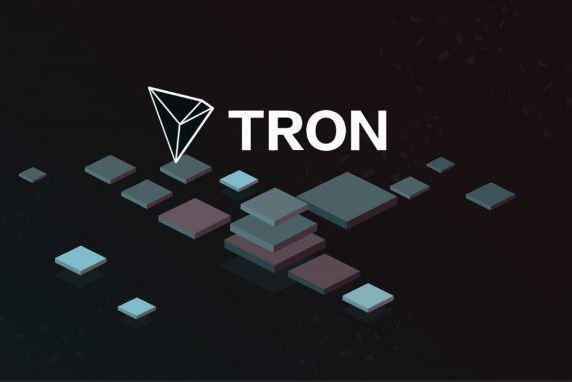Stellar Lumens is a payment network that allows financial institutions, companies or individuals to send each other value in the form of the native XLM asset or in the form of IOUs, digital representations of any asset on the Stellar network.
Launched on July 31, 2014, this platform is co-founded by Joyce Kim and Jeb McCaleb. The latter is a pioneer in the Bitcoin ecosystem known for creating the Mt. Gox marketplace and co-founding Ripple.
Jeb McCaleb decided to create Stellar after disagreements with Chris Larsen, also co-founder of Ripple, over the direction of the project, stating in particular that it is not healthy for a company to lead such a payment system, and that a true decentralised peer-to-peer network must be established, not depending on a few shareholders.
Stellar has been created to propose a true decentralised peer-to-peer network, not depending on a few shareholders.
What can we do with Stellar?
Apart from the exchange of values in the form of lumens (XLM), the Stellar network allows anyone to easily create their own market by issuing IOUs.
For example, a bank may issue IOUs representing an asset it holds in its accounts, such as a company’s share or money for example. The transfer of the IOUs is then facilitated by the architecture of the Stellar network, with of course the limit that one must absolutely trust the IOU’s issuer, who undertakes to exchange the digital IOU for the real asset at any time.
The Stellar network allows anyone to easily create their own market by issuing IOUs
Stellar can thus be seen as a marketplace where IOUs can be traded very easily and at a very low cost, in the order of 0.00001 XLM per transaction. It is therefore a very economical marketplace to use. However, the trading volume is very low at the moment.
What is the Stellar network based on?
The Stellar network is supported by a network of actors mainly composed of partner companies that take on the role of transaction validators. On August 8, 2019, 125 nodes are running the network. Of these, 28 are full nodes that make all the information available to them accessible. 19 organisations are identified, some of which run several nodes. The most important to date is IBM, which wants to build its “World Wire” payment network on Stellar.
The Stellar network is supported by a network of actors mainly composed of partner companies
Unlike the Bitcoin network, the validation of transactions is only subject to a vote: a large majority of players must recognise transactions as legitimate for them to be accepted and added to the blockchain. Such a system ensures a certain level of decentralisation, but it is the known and respected validators who have the most influence
The Stellar network is more centralised and less robust than Bitcoin, but this architecture allows it to be faster with transactions that are validated within five seconds and a processing capacity of thousands of transactions per second
Stellar versus Ripple
Stellar Lumens is close to Ripple in its design but differs in many ways.
First, the organisation responsible for developing the network is a foundation and not a company, like Ripple. It is responsible for distributing the 100 billion XLMs initially created but do not own them legally. 50% of this amount is being paid to individuals through various programs, 25% is being given to partners whose role is to develop the Stellar ecosystem, 20% has been given to bitcoin and XRP holders, and 5% goes to stellar.org to finance its operating costs.
Second, in addition to these initial $100 billion, Stellar is turning away from Ripple’s business model by introducing inflation of 1% per year. However, this inflation does not go to minors or validators, but is redistributed to XLM holders. They can configure their wallet to receive their share of the money created each week. Stellar’s teams explain that this system makes it possible to compensate for lost XLMs via lost keys or other means.
Third, Stellar Lumens is entirely based on open-source code that can be freely accessed, unlike Ripple, whose services are based on systems whose source code remains secret.
Should you invest in XLM?
When you buy XLM, you are not buying shares of the Stellar platform but rather the platform’s native asset that are mainly used to pay the platform’s transaction fees, fees that are close to zero.
XLM is not intended to be a store of value or a savings vehicle like Bitcoin. It would take a massive adoption of the Stellar platform in terms of number and volume of transactions to see significant demand for XLM and asset price appreciation.
XLM is not intended to be a store of value or a savings vehicle like Bitcoin
Nevertheless, the Stellar platform is functional and its architecture makes it attractive for certain use cases related to tokenisation, as shown by the interest shown in the platform by giants like IBM.
In a nutshell, we believe that the value proposition of the Stellar network hardly justifies a strong market valuation for this asset with its current use.
The cryptocurrency market being very speculative, this does not prevent a number of players from speculating on XML without really understanding the fundamentals. Hence, even without a strong value propostion, the asset can benefit from strong speculative performances.
Coinhouse offers Premium services to assist you in your crypto-journey. benefit from an expert guiding you to make better decisions and gain an advanced understanding of the ecosystem.





























